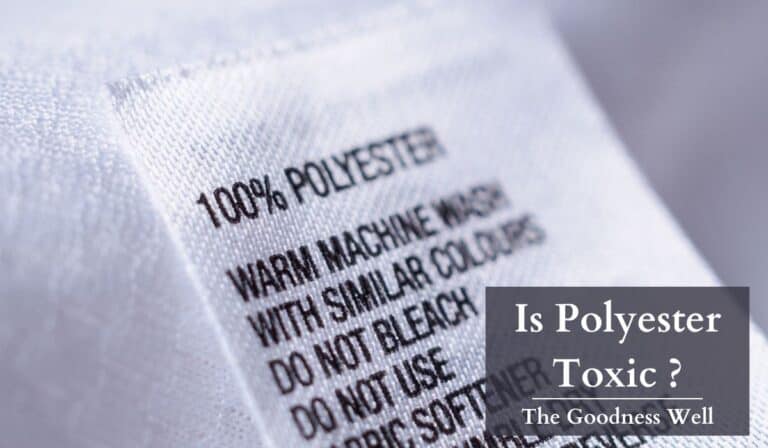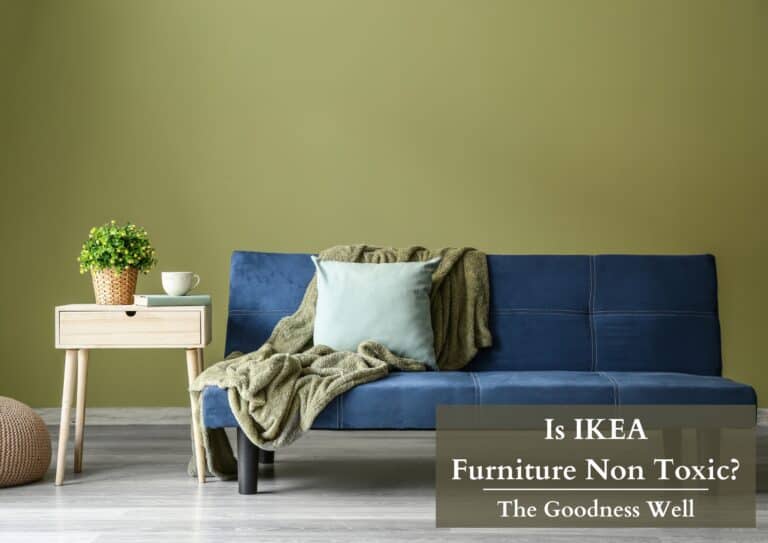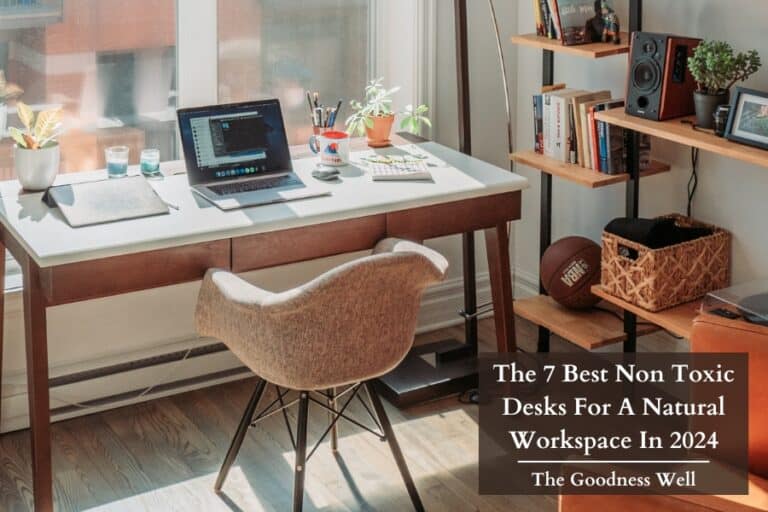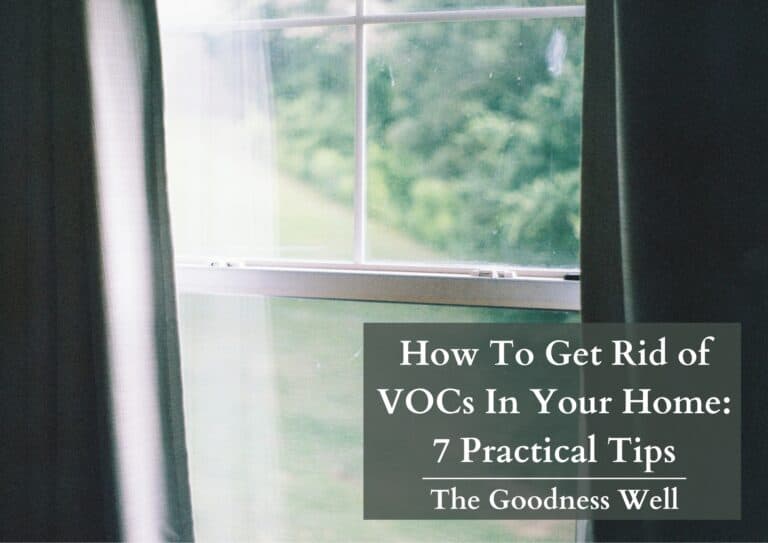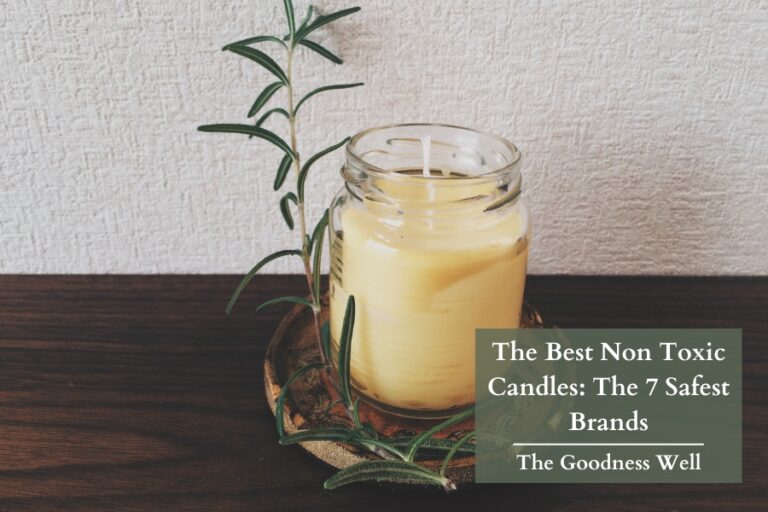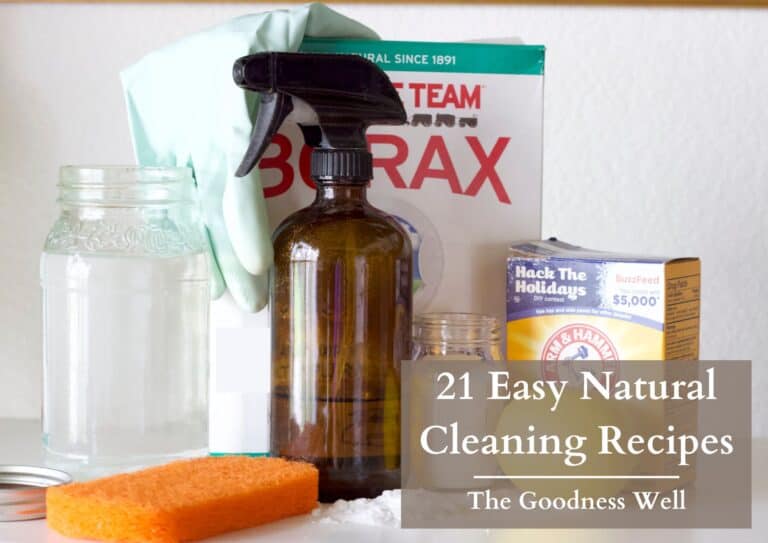How to Purify Your Home Air: 15 Practical Tips
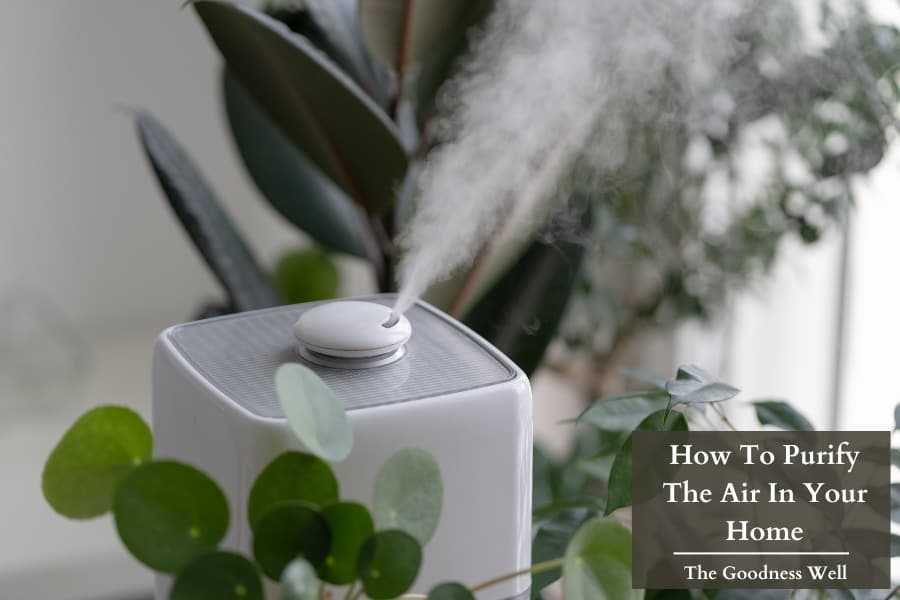
Looking to make your home air as fresh and non toxic as possible? I don’t blame you.
The American Lung Association states that indoor air can be 2-5x, even up to 100x more polluted than outdoor air!
Kinda scary, I’ll say.
So we put together a list with all the best tips out there that will keep your indoor air as pure as possible.
Here we go.
TL;DR
How To Purify Your Home Air
- Use Air Purifiers
- Replace Air Filters
- Get a HEPA Vacuum
- Control Humidity Levels
- Address Dampness
- Test for Radon
- Stop Using Toxic Candles
- Get Rid of Toxic Cleaners
- Choose Low-VOC Furniture
- Ventilate!
- Keep Lots of Plants
- Take Those Shoes Off!
- Wash Bedding Regularly
- Take Care of That Sneaky Dust
- Seek Out Indoor airPLUS Homes
The Best Tips to Purify The Air in Your Home
1. Use Air Purifiers
One of the most surefire ways to improve your indoor air quality, air purifiers remove pollutants and allergens from the air.
Placing one in your bedroom is especially helpful as this is where you spend most of your time sleeping.
2. Replace Air Filters
Not changing your air filters can lead to poor indoor air quality, increased allergens and pollutants, reduced HVAC system efficiency, and higher energy costs.
Depending on factors like where your home is located or if you have pets, it’s generally recommended to replace your air filters every 30 days.
So yes, those year old air filters should probably be replaced 🙂
3. Control Humidity Levels
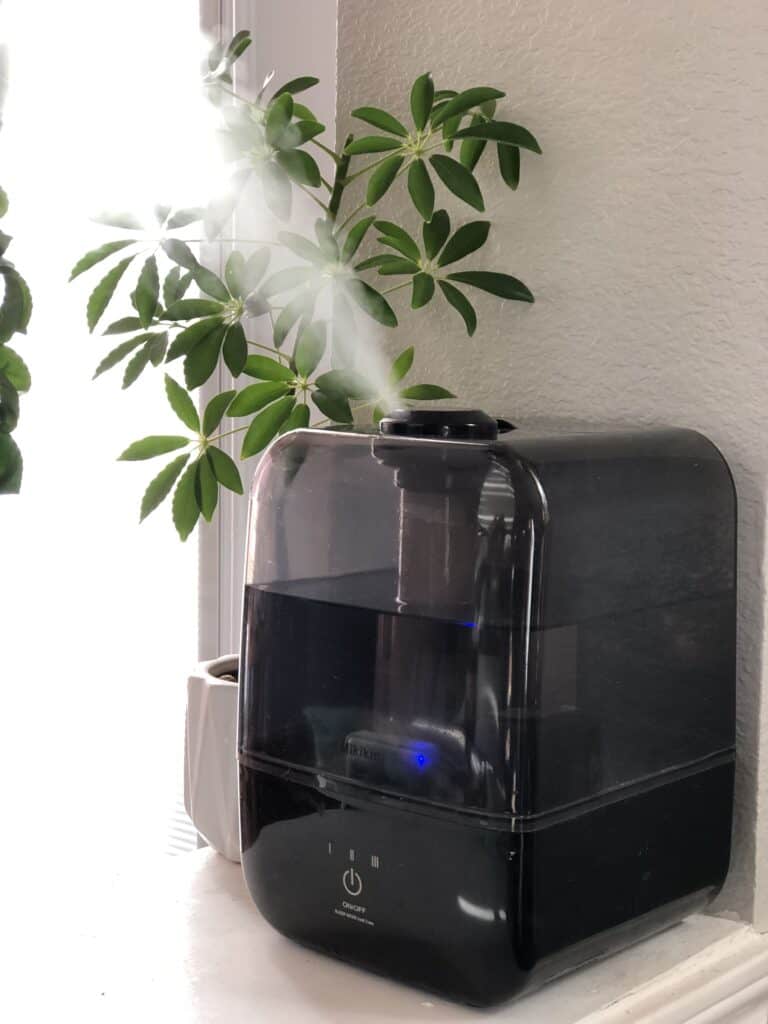
Keep indoor humidity between 30-50% using humidifiers to add moisture or dehumidifiers to remove excess moisture, which helps control dust mites and mold.
4. Get a HEPA Vacuum
If you’re an allergy sufferer or even just someone who wants to limit dust and allergens, HEPA vacuums are a must.
HEPA Vacuums trap pollen, dust mites, allergens, and any tiny particles that other cleaners spit back into the air.
5. Test for Radon
Not a very easy tip per se, but an important one.
Radon is a toxic chemical that naturally occurs as a radioactive gas released from the normal decay of uranium in rocks and soil, which can make its way into our homes.
It’s a subject not talked about enough, but Radon is actually the second leading cause of lung cancer.
Depending on where you live, your risk will be higher than others.
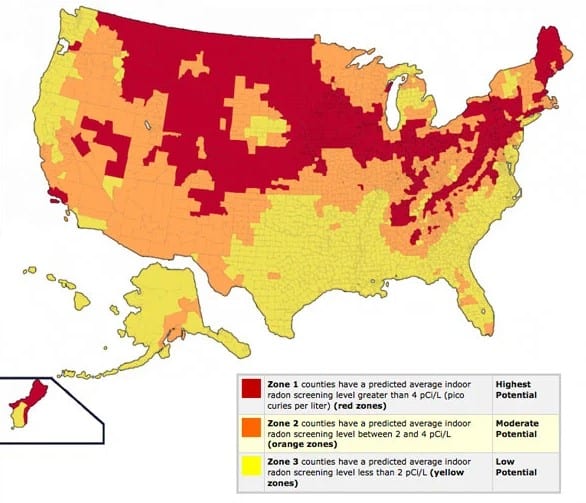
Even if you live in a lower-risk area, the EPA actually recommends that all homes should be tested for radon, regardless of where you live.
6. Seek Out Indoor airPLUS Homes
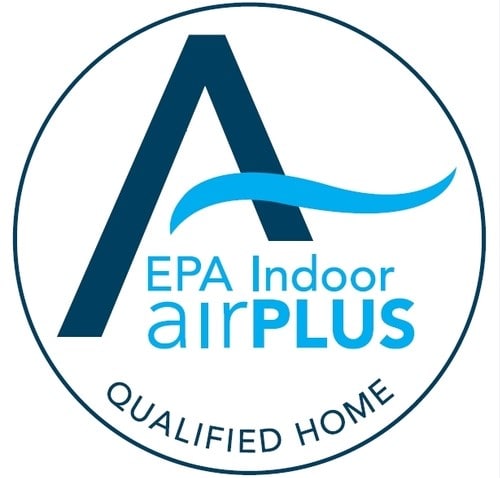
If you’re in the market for a new home, look for ones with the Indoor airPLUS label, which indicates better indoor air quality standards.
You can find this label on the home utility panel.
7. Address Dampness
Watch for any areas in your home (bathroom, kitchen, basement, attic) that can be prone to dampness as this can reduce mold and mildew growth which can improve indoor air quality.
8. Stop Using Toxic Candles
Most candles are made with unsustainable waxes like paraffin and a bunch of other toxic fragrance ingredients.
These fragrance ingredients contain a bunch of unregulated chemicals that can contribute to indoor air pollution, potentially leading to health issues such as respiratory problems, allergic reactions, and asthma symptoms.
Choose natural candles made with non toxic ingredients like beeswax, coconut wax, and soy wax.
9. Get Rid of Toxic Cleaners
Choose natural cleaners or create your own to reduce your exposure to all those nasty, unnecessary chemicals that pollute your home air.
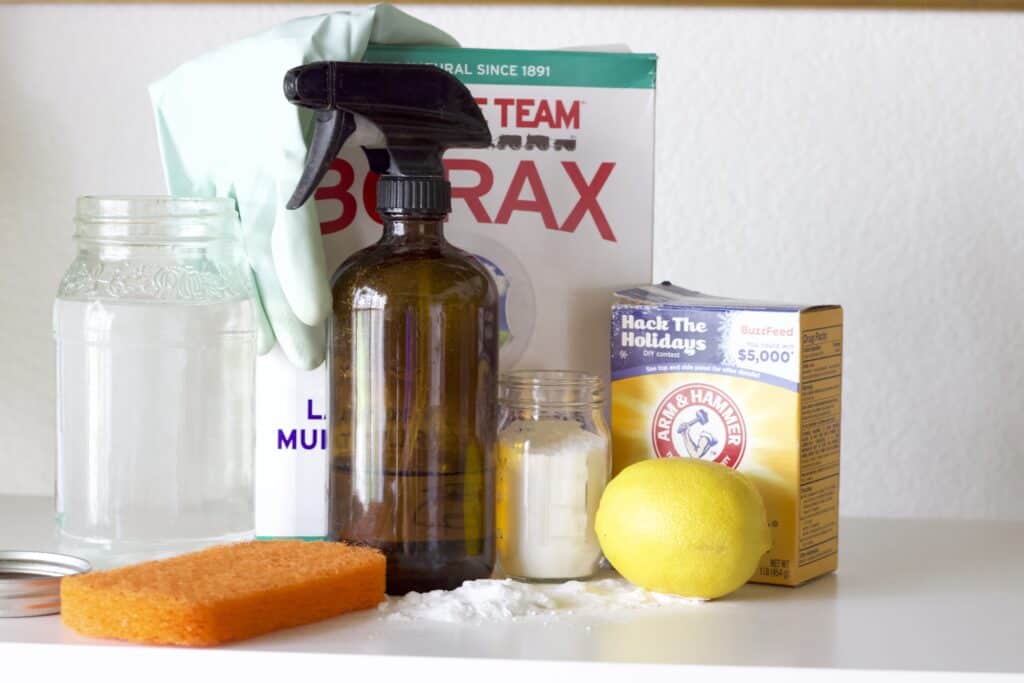
Using simple ingredients like baking soda and vinegar can clean just as effectively as most cleaners out there.
They’re the go-to in our home!
10. Choose Low-VOC Furniture
Yep, most conventional furniture out there is made with cheap materials that release harmful VOCs into your home.
There are much better non toxic furniture options out there that won’t only reduce exposure to these chemicals but last much longer as well.
11. Ventilate!
Doing some renovation like painting or replacing carpets or floors (which can all release a lot of VOCs)?
Open up some of those windows in your home for a natural way to get rid of all those chemicals floating around.
12. Keep Lots of Plants
Contrary to popular belief, plants only clean indoor air at a negligible rate compared to your home’s natural ventilation.
Bummer.
Why did we still include it then?
Because plants technically do clean indoor air, and they have all types of other science backed benefits including reducing blood pressure, stress, and increasing concentration, memory, and overall health.
We have a bunch of plants in our home! In pretty much every room of the house, actually. They’re our source of nature when cooped up inside.
13. Take Those Shoes Off!
Shoes track all types of dirt, bacteria, and toxins from outdoors right onto your home floor.
You can also use dirt trapper mats, placing one outside and another right inside the front door to reduce the amount of dirt and pollutants brought in.
14. Wash Bedding Regularly
Most of us don’t wash or change our bedding nearly as often as we should.
From the pollutants and dirt in our hair to the oils and sweat from our skin, we can leave a lot of these contaminants on our bedding, making regular washing super important to maintain hygiene and prevent the buildup of allergens and irritants.
It’s recommended to wash your bedding about every 1-2 weeks.
15. Take Care of That Sneaky Dust
You did your vacuuming for the day, so dust gone right?
Not so fast.
Don’t forget to take a dust mop to those ceiling fans, walls, ledges, lampshades, books, and electronics as many people miss these sources of hidden dust in the home.
Thanks for reading! Check out some of our other posts below.

